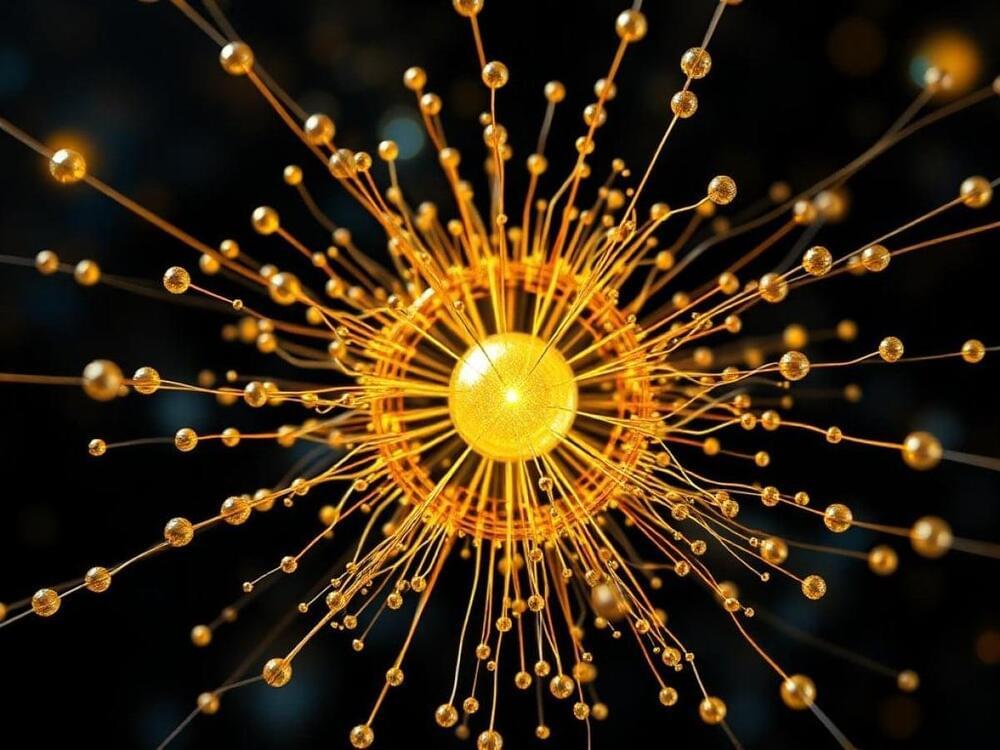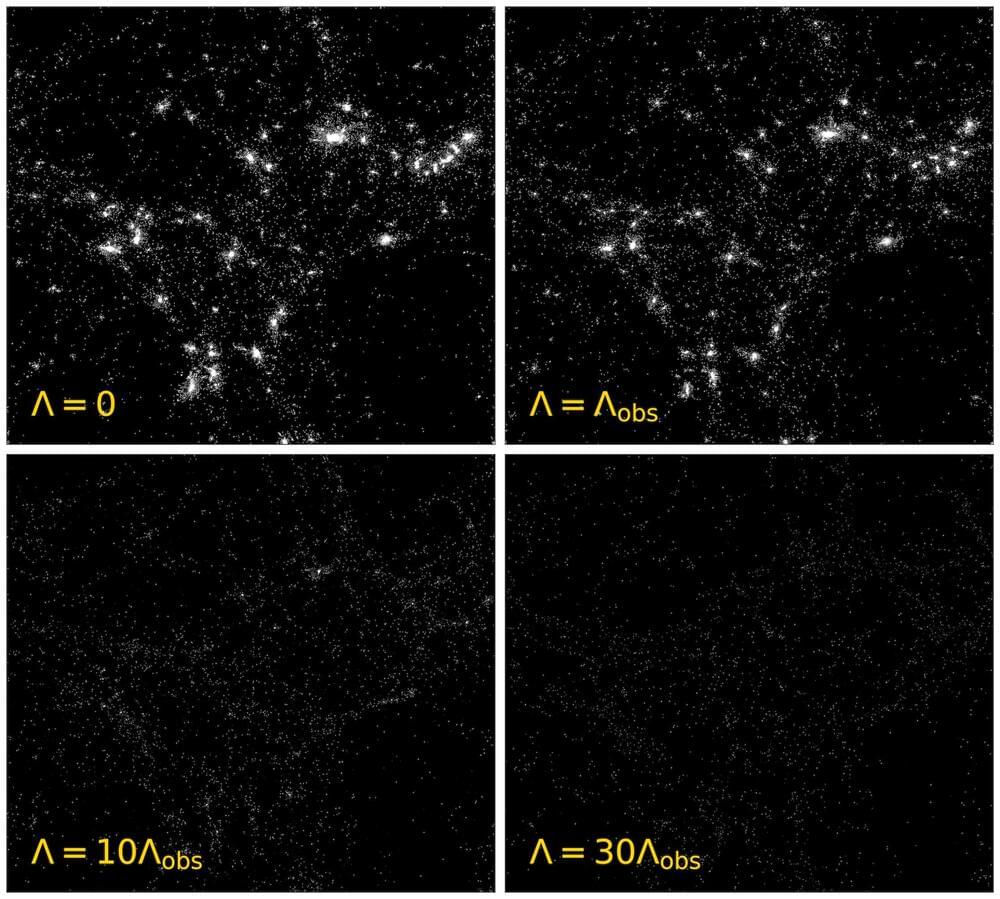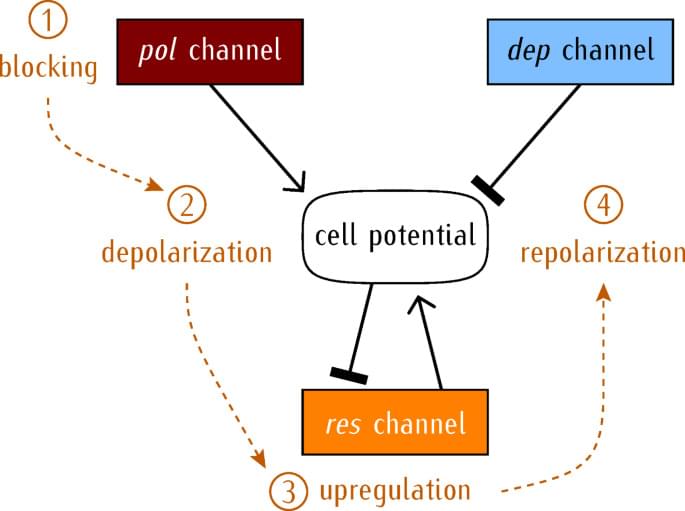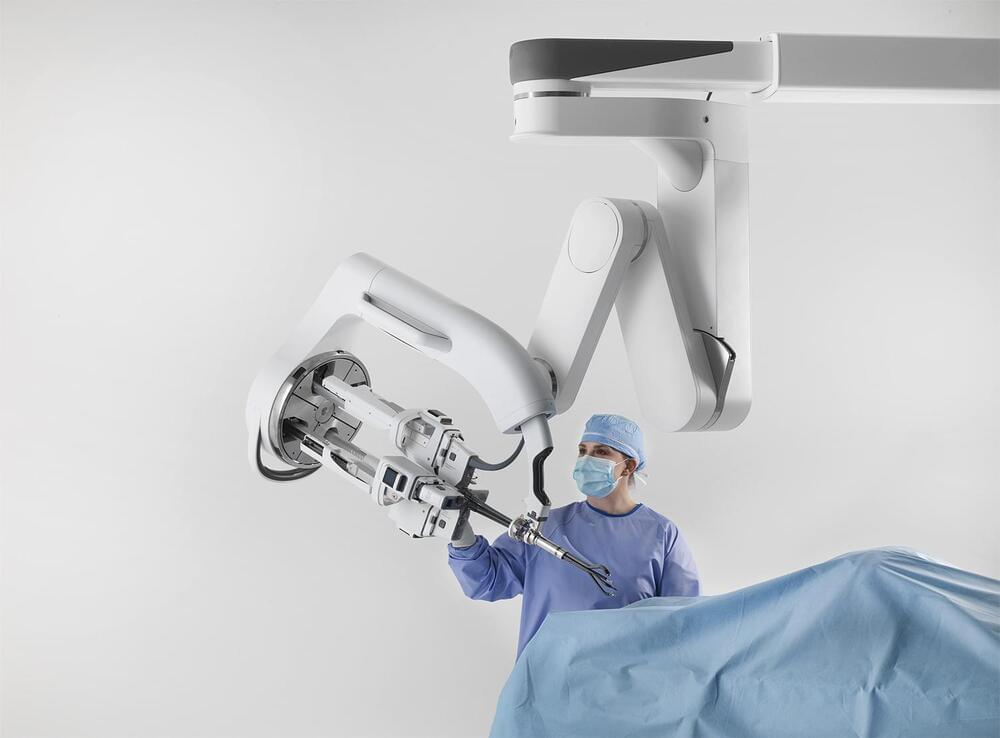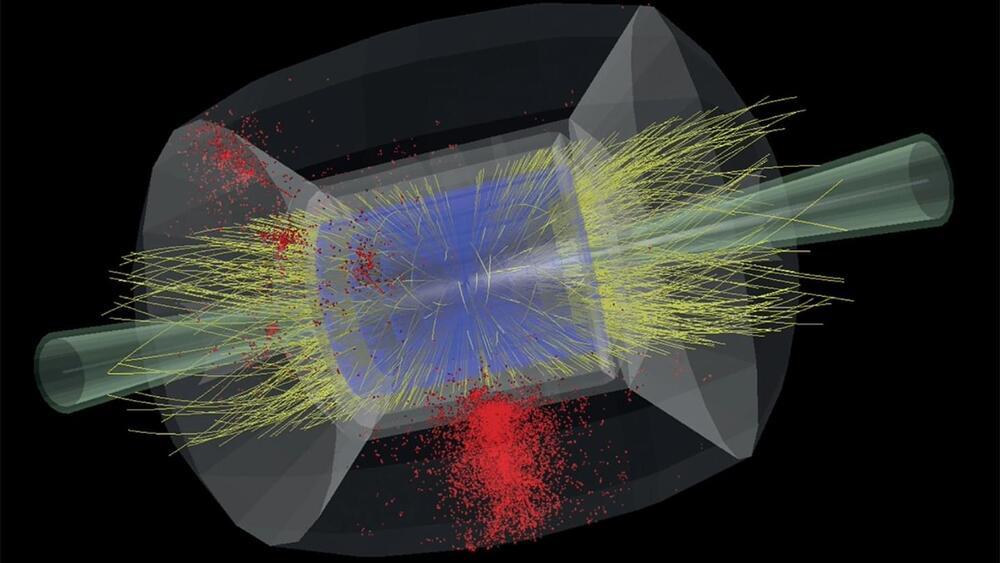C round was co-led by Premji Invest, Radical Ventures, and ICONIQ Growth, with participation from Salesforce Ventures, Adobe Ventures, B Capital, Citi Ventures, IBM Ventures, and Workday Ventures.
The Higgs boson is often referred to as the “God particle” due to its crucial role in our understanding of the mass of elementary particles. Discovered in 2012, it remains at the forefront of many research endeavors in physics. Recently, researchers at the Max Planck Institute have made significant advances in measuring its interactions with other particles, opening up thrilling new possibilities for the future of science.
In the Standard Model of particle physics, the Higgs boson plays a key role in giving mass to particles. To fully grasp how this occurs, it’s important to revisit the concepts of the Higgs field and mechanism.
Think of the Higgs field as a sort of invisible network or mud that fills the entire universe. This field, teeming with Higgs bosons, is present everywhere, even in a vacuum. When a particle moves through this field, it interacts with it. The Higgs mechanism essentially explains how this interaction with the field endows particles with mass.
The approach presented in the paper involves calculating the fraction of ordinary matter converted into stars over the entire history of the universe, for different dark energy densities.
The model predicts this fraction would be approximately 27% in a universe that is most efficient at forming stars, compared to 23% in our own universe.
This means we don’t live in the hypothetical universe with the highest odds of forming intelligent life forms. Or in other words, the value of dark energy density we observe in our universe is not the one that would maximize the chances of life, according to the model.
The researchers used simulations to see how these cells might adapt over time.
Cervera, J., Levin, M. & Mafe, S. Multicellular adaptation to electrophysiological perturbations analyzed by deterministic and stochastic bioelectrical models. Sci Rep 14, 27,608 (2024). https://doi.org/10.1038/s41598-024-79087-7
Glaciers that are within three miles of a volcano move nearly 50% quicker than average, a new study has found, which could help create early warning of future eruptions.
Arnav Kapur
Posted in internet, robotics/AI
Arnav Kapur, a former MIT Media Lab researcher. He created a headset called AlterEgo that translates silent thoughts into words or internet searches.
- #google #internet #aiart #aidevice #robotics
Founder Focus
Posted in robotics/AI
501 likes, — growasentrepreneurs on September 13, 2024: Nvidia’s Blackwell chip is an engineering marvel, crafted from two of the largest chips ever made using TSMC’s 4-nanometer process. It took $10 billion and 3 years to develop, supported by high-speed networking, software, and incredible I/O capabilities.
This chip powers AI factories in data centers, designed to emulate human intelligence—specifically how we read, finish sentences, and summarize information.
Jensen Huang compares it to the intelligence of thousands of people, showcasing Blackwell’s potential to revolutionize AI in an unprecedented way.
It takes years of intense study and a steady hand for humans to perform surgery, but robots might have an easier time picking it up with today’s AI technology.
Researchers at Johns Hopkins University (JHU) and Stanford University have taught a robot surgical system to perform a bunch of surgical tasks as capably as human doctors, simply by training it on videos of those procedures.
The team leveraged a da Vinci Surgical System for this study. It’s a robotic system that’s typically remote controlled by a surgeon with arms that manipulate instruments for tasks like dissection, suction, and cutting and sealing vessels. Systems like these give surgeons much greater control, precision, and a closer look at patients on the operating table. The latest version is estimated to cost over US$2 million, and that doesn’t include accessories, sterilizing equipment, or training.
Now, scientists have not only cooled muons but also accelerated them in an experiment at the Japan Proton Accelerator Research Complex, or J-PARC, in Tokai. The muons reached a speed of about 4 percent the speed of light, or roughly 12,000 kilometers per second, researchers report October 15 at arXiv.org.
The scientists first sent the muons into an aerogel, a lightweight material that slowed the muons and created muonium, an atomlike combination of a positively charged muon and a negatively charged electron. Next, a laser stripped away the electrons, leaving behind cooled muons that electromagnetic fields then accelerated.
Muon colliders could generate higher energy collisions than machines that smash protons, which are themselves made up of smaller particles called quarks. Each proton’s energy is divvied up among its quarks, meaning only part of the energy goes into the collision. Muons have no smaller bits inside. And they’re preferable to electrons, which lose energy as they circle an accelerator. Muons aren’t as affected by that issue thanks to their larger mass.

